Nearly three million people in Indonesia’s second city could be affected by an earthquake
BGS-led research reveals the number of people in the Bandung metropolitan region who could be exposed to a major earthquake.
17/07/2024 By BGS Press
Research led by a BGS scientist has revealed that an estimated 1.9 to 2.7 million people in the Bandung metropolitan region of Indonesia would be exposed to high levels of ground shaking from an earthquake on the nearby Lembang Fault.
Over the past five years, Ekbal Hussain, a remote sensing geoscientist at BGS, has worked alongside scientists in Indonesia to research and produce deformation maps for the Bandung metropolitan region. To do this, they used a combination of data from satellites and GPS measurements made around the fault.
Bandung is the capital of West Java, Indonesia, and has a population of approximately 8.4 million people. The centre of the city lies less than 10 km south of the Lembang Fault, a major fracture between two blocks of rock in West Java. Although there are no documented records of large historical earthquakes, the Lembang Fault shows geomorphological evidence of significant earthquakes in the 15th century.

The Bandung metropolitan region and the Lembang Fault. BGS © UKRI.
A fault’s slip rate is the average amount of earthquake energy accumulation each year; using different techniques, this had previously been estimated to either be between 1.95 to 3.45 mm a year or 6 mm a year for the Lembang Fault. This new study has found that the slip rate is 4.7 mm a year.
Using this new slip rate alongside previous studies, which estimated the recurrence period of large earthquakes on the fault at between 170 and 670 years, it can be estimated that the magnitude of an earthquake will be between 6.6 and 7.0. If such earthquakes were to occur on the fault today they would expose approximately 1.9 million to 2.7 million people within the Bandung metropolitan region to high levels of ground shaking, greater than 0.3 g, or 30 per cent of the strength of gravity.
The research highlights the importance of not forgetting local crustal faults located near large urban centres, which also pose a high risk to communities.
In Indonesia, the perceived risk of earthquakes is from large events on the subduction zone. However, in this paper, we show that shorter faults like the Lembang Fault, located much closer to major cities, can also be extremely dangerous.
Ekbal Hussain, BGS Remote Sensing Geoscientist.
Funding
This is work is funded by the UK National Capability ‘Geoscience to tackle global environmental challenges’ programme. The BGS and Indonesian researchers involved in this study are continuing their engagement with local government to address the hazard challenges raised in this work.
More information
Access the full paper: The seismic hazard from the Lembang Fault, Indonesia, derived from InSAR and GNSS data
Relative topics
Related news

BGS scientists join international expedition off the coast of New England
20/05/2025
Latest IODP research project investigates freshened water under the ocean floor.
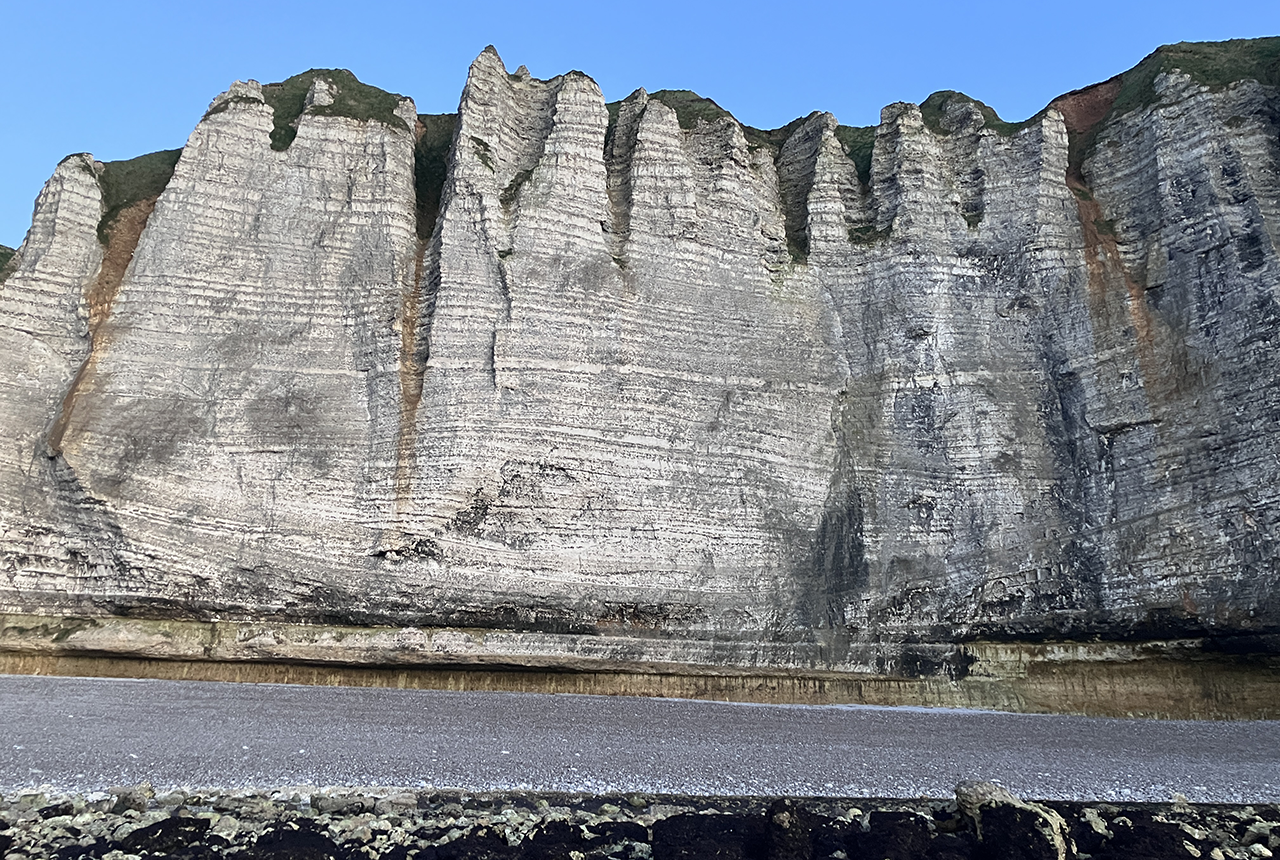
Geology sans frontières
24/04/2025
Geology doesn’t stop at international borders, so BGS is working with neighbouring geological surveys and research institutes to solve common problems with the geology they share.
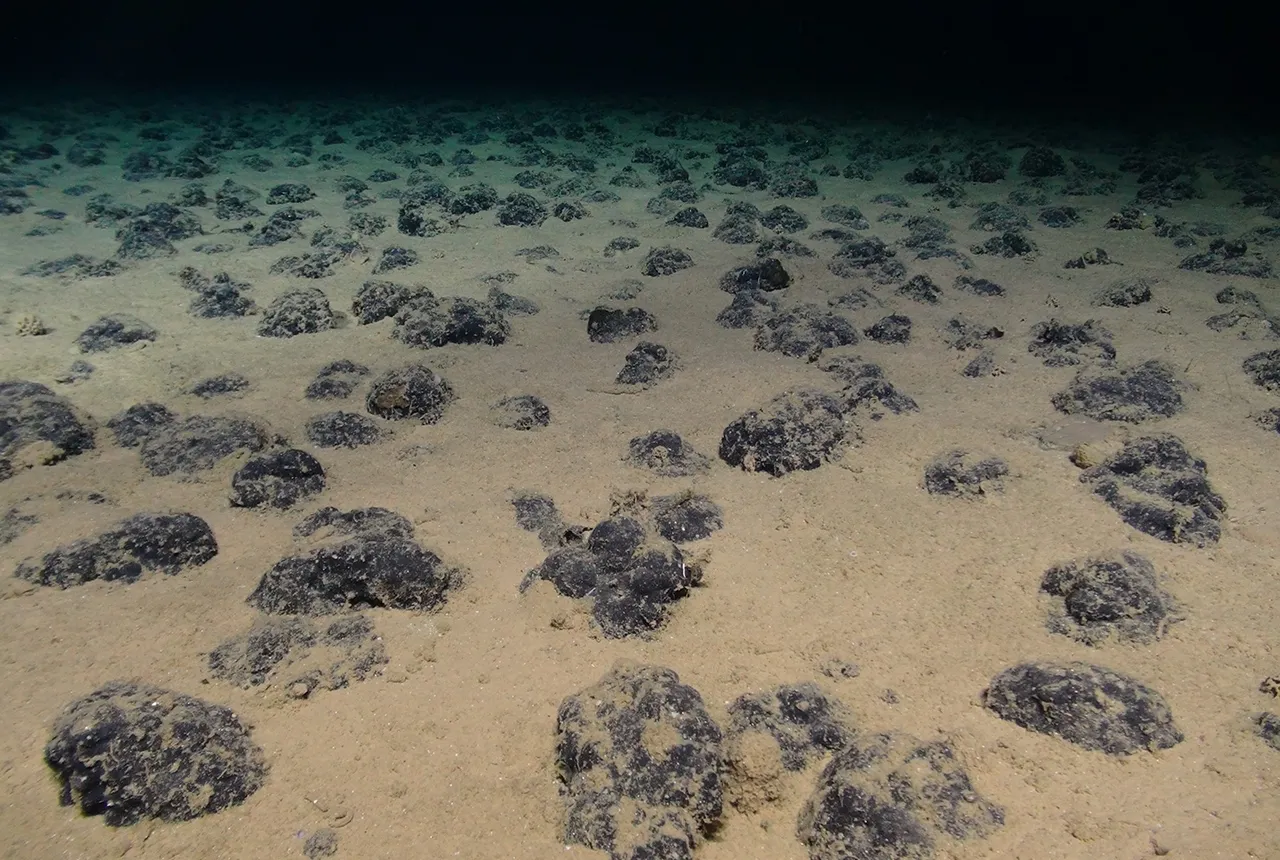
New study reveals long-term effects of deep-sea mining and first signs of biological recovery
27/03/2025
BGS geologists were involved in new study revealing the long-term effects of seabed mining tracks, 44 years after deep-sea trials in the Pacific Ocean.
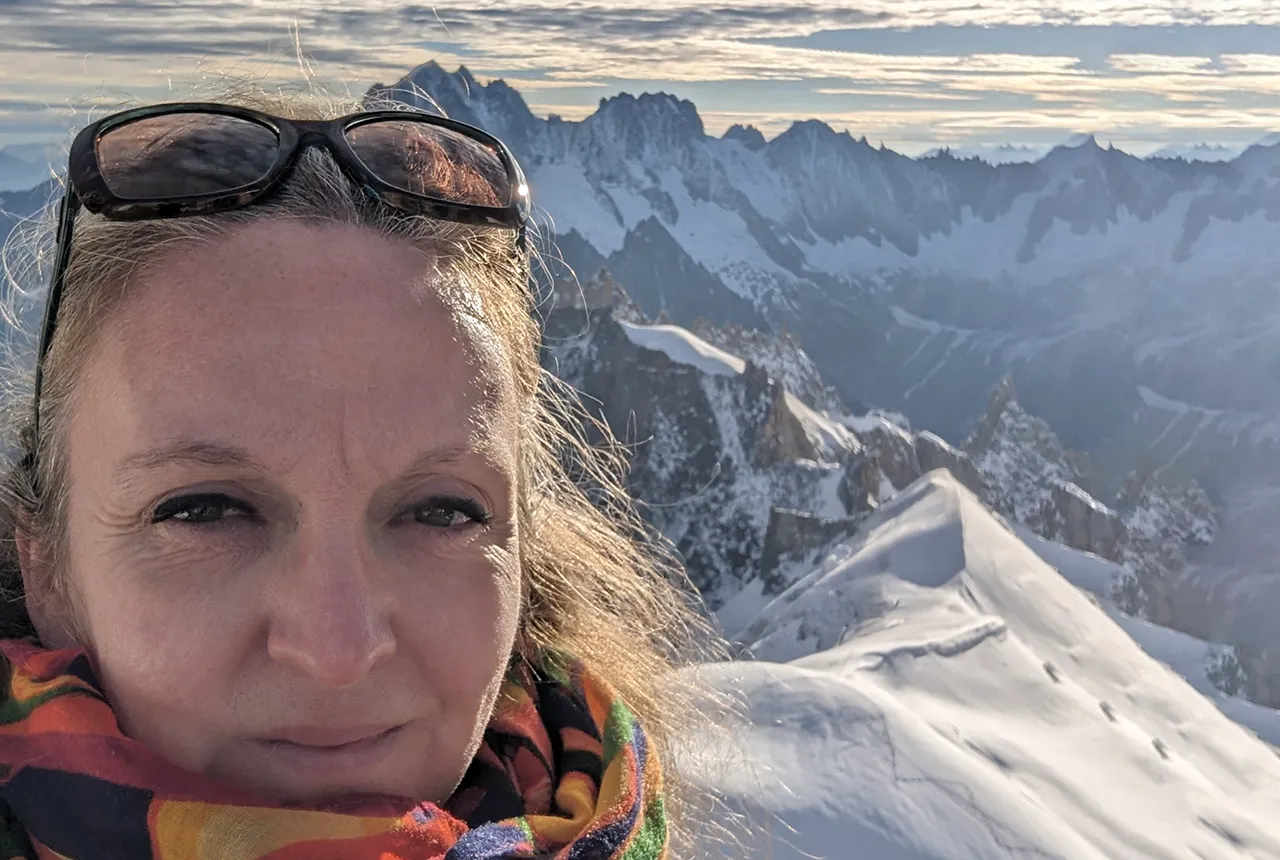
BGS announces new director of its international geoscience programme
17/03/2025
Experienced international development research leader joins the organisation.
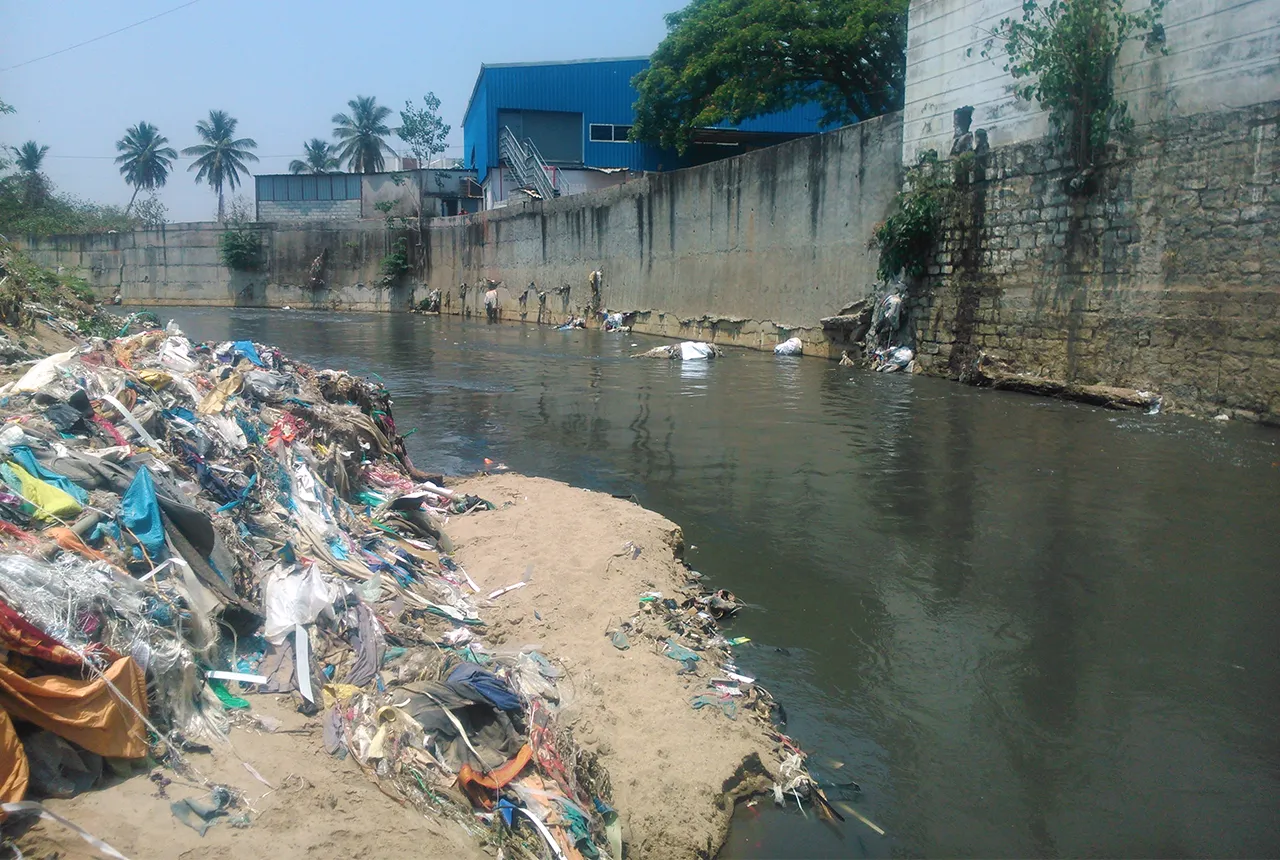
Presence of harmful chemicals found in water sources across southern Indian capital, study finds
10/03/2025
Research has revealed the urgent need for improved water quality in Bengaluru and other Indian cities.
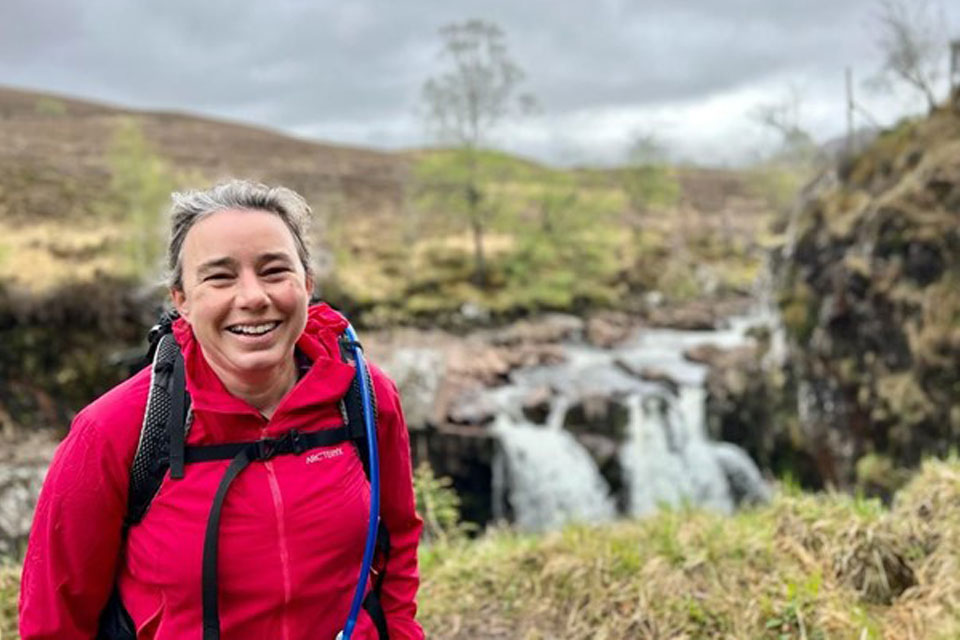
Dr Kathryn Goodenough honoured with prestigious award from The Geological Society
27/02/2025
Dr Kathryn Goodenough has been awarded the Coke Medal, which recognises those who have made a significant contribution to science.
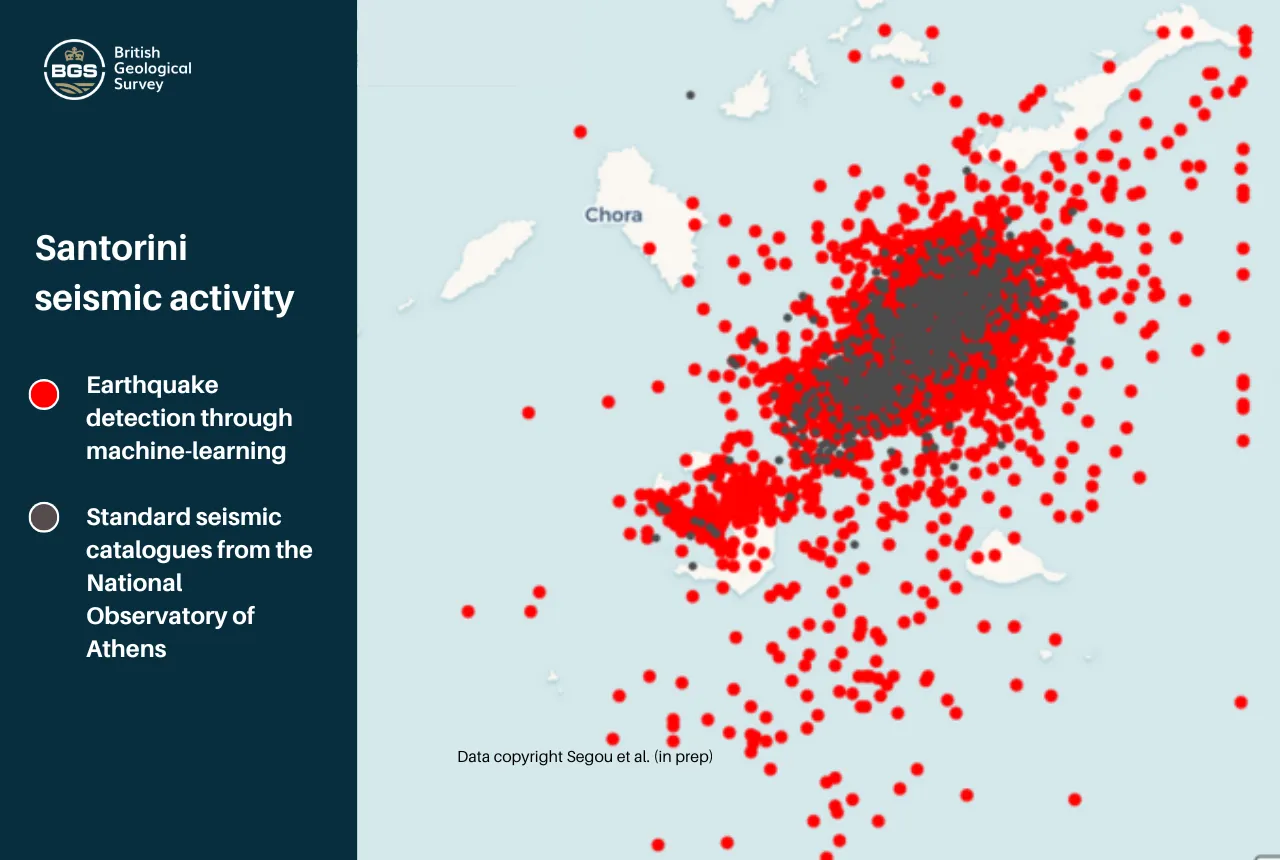
Artificial intelligence is proving a game changer in tracking the Santorini earthquake swarm
07/02/2025
Scientists are harnessing the power of machine learning to help residents and tourists by detecting thousands of seismic events.
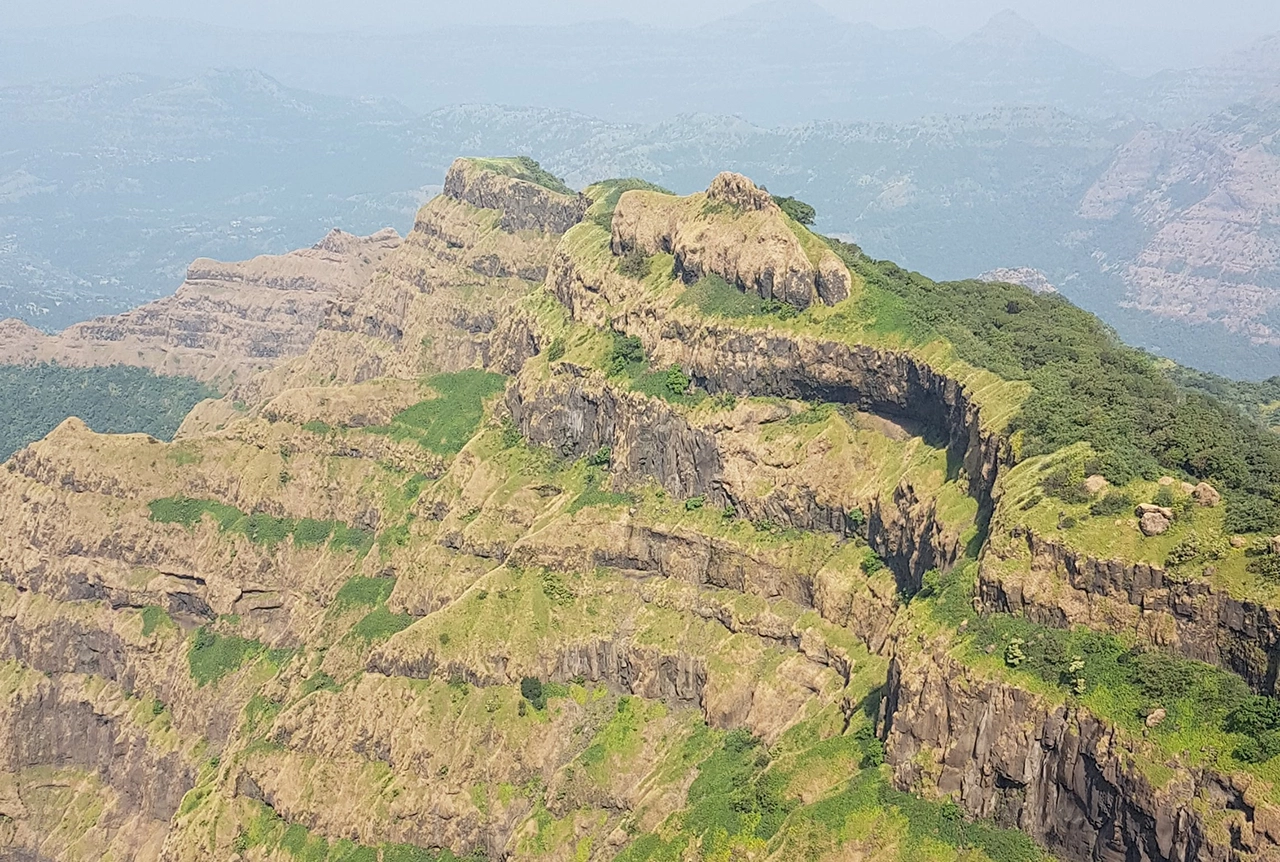
Could underground disposal of carbon dioxide help to reduce India’s emissions?
28/01/2025
BGS geologists have partnered with research institutes in India to explore the potential for carbon capture and storage, with an emphasis on storage.
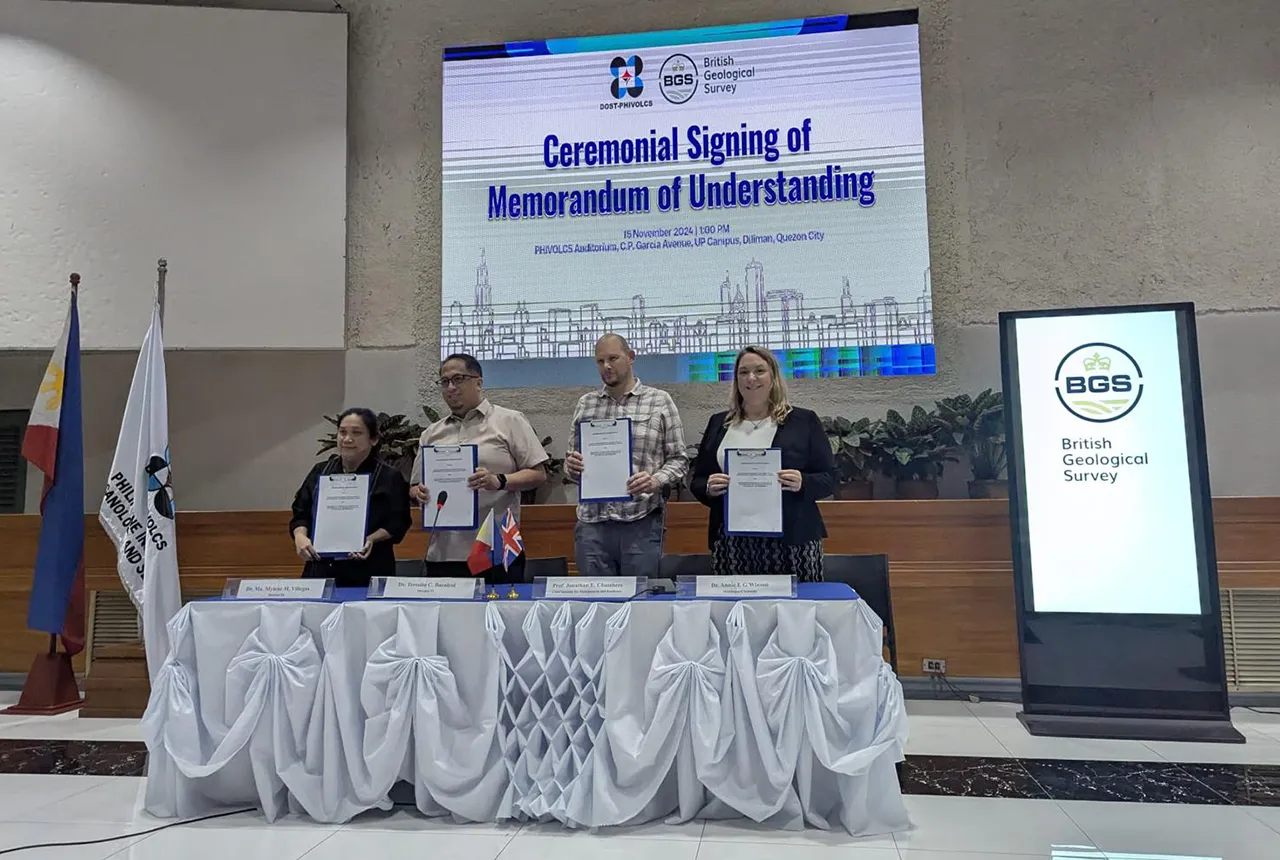
New Memorandum of Understanding paves the way for more collaborative research in the Philippines
21/01/2025
The partnership will focus on research on multi-hazard preparedness within the country.
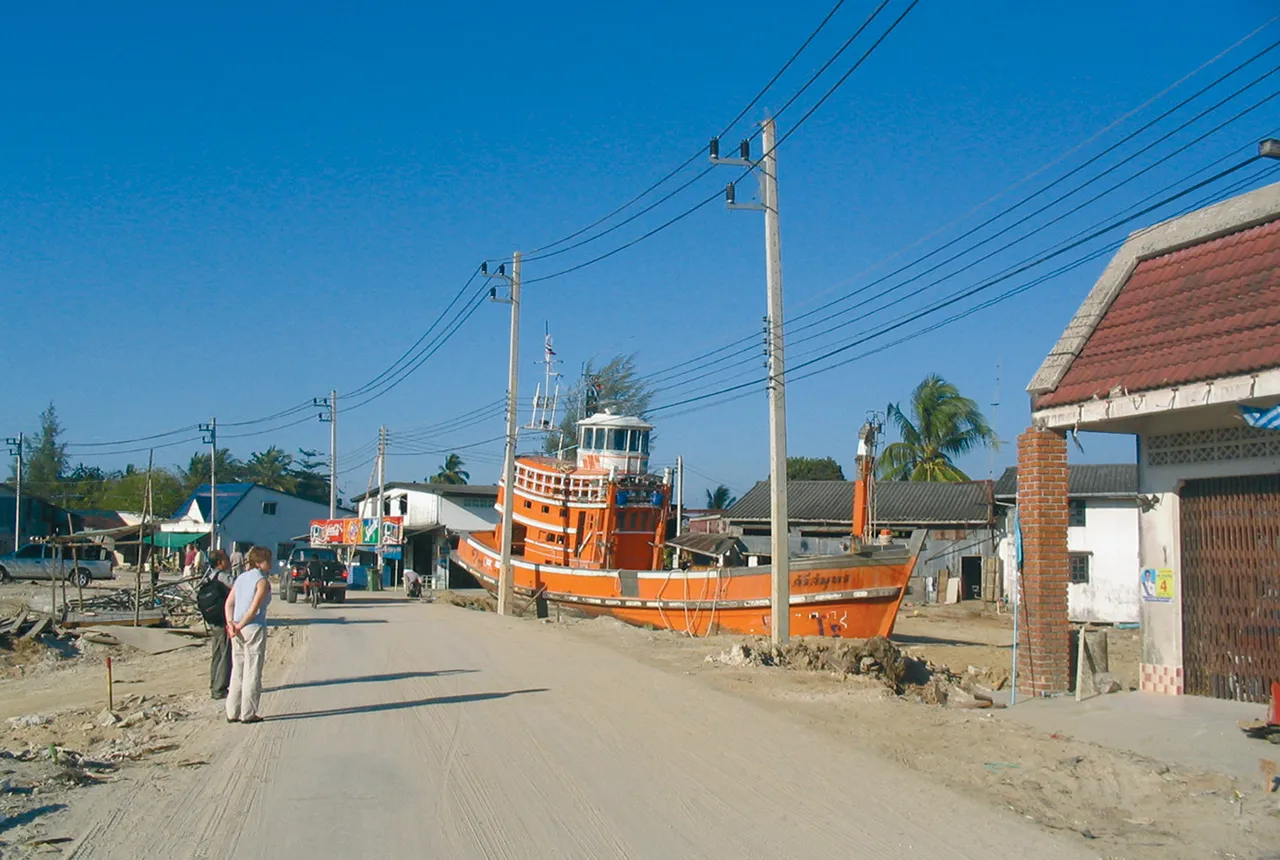
Twenty years on: the Indian Ocean earthquake and tsunami
26/12/2024
Boxing Day 2024 marks 20 years since the Indian Ocean earthquake and tsunami. Prof David Tappin reflects on the disaster and discusses what we have learnt since 2004.
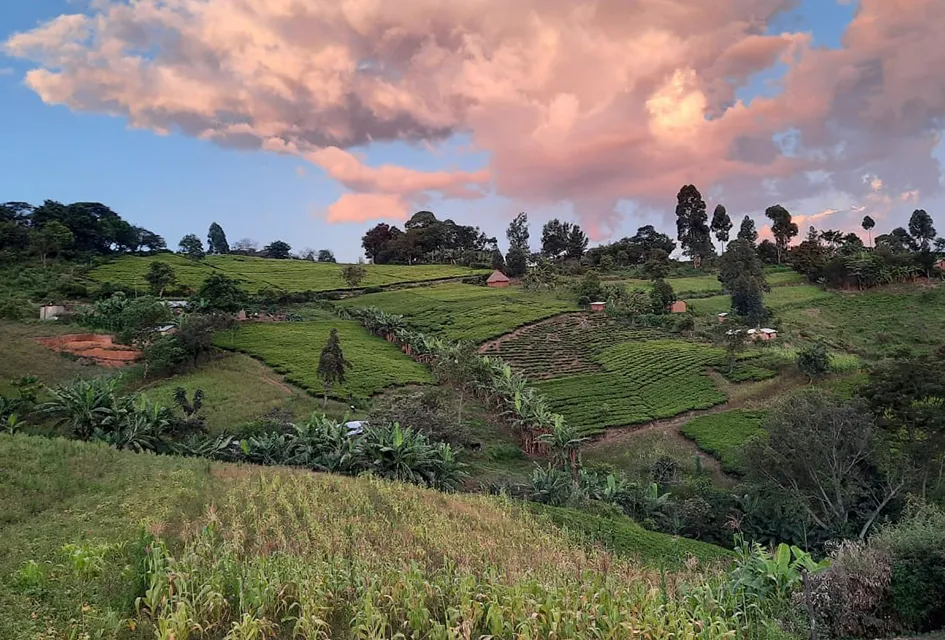
Dynamics of land-to-lake transfers in the Lake Victoria Basin
09/12/2024
In June 2024, a UK/Kenya research team shared research findings from a collaborative, four-year field and experimental programme within Kenya.
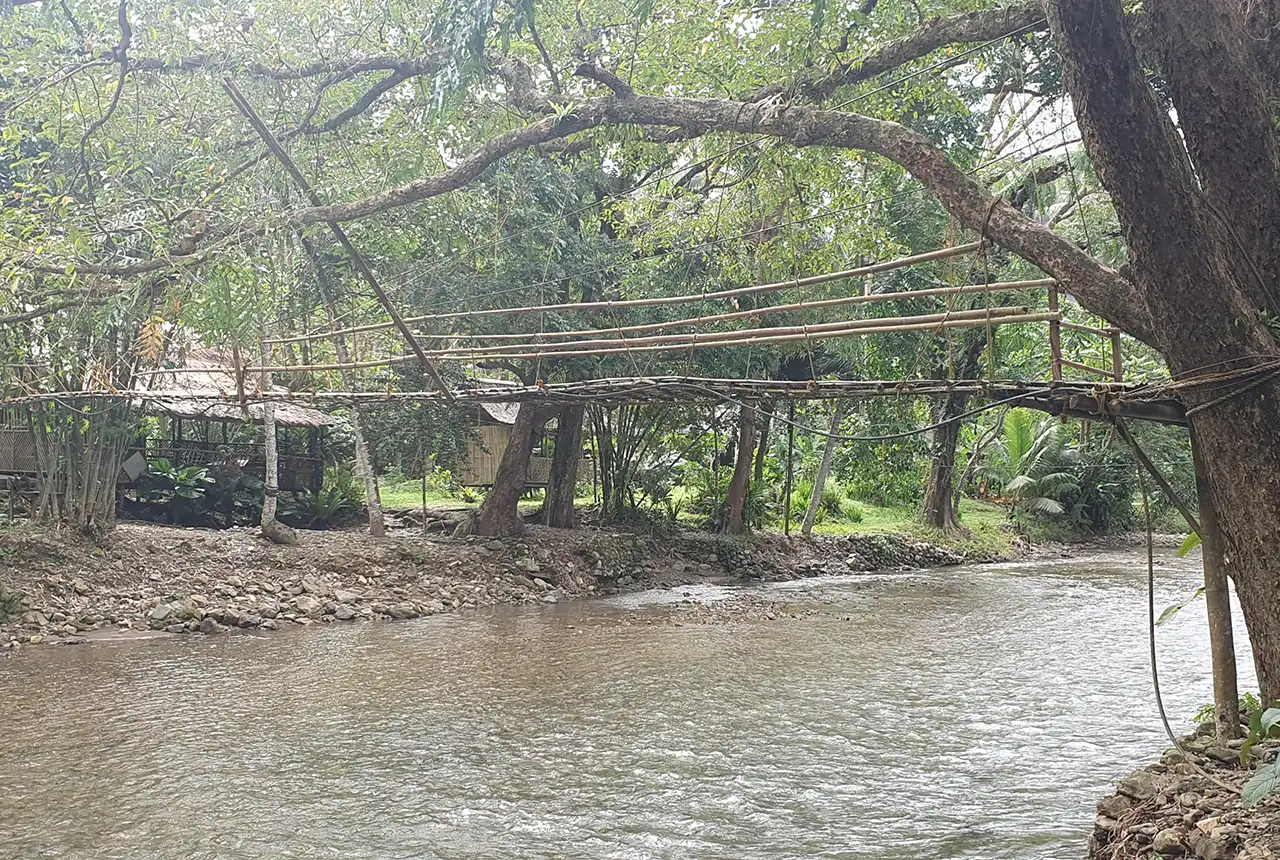
UK–Philippine partnership to help tackle the challenges of future water security in the Philippines
07/11/2024
New ‘hydrological hub’ to foster research and provide essential national water management datasets and tools.




